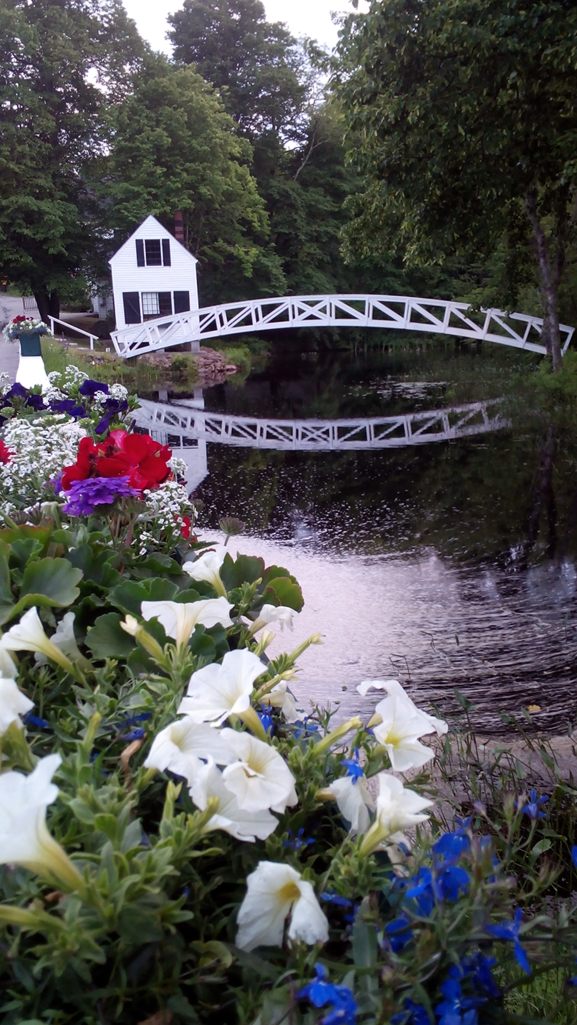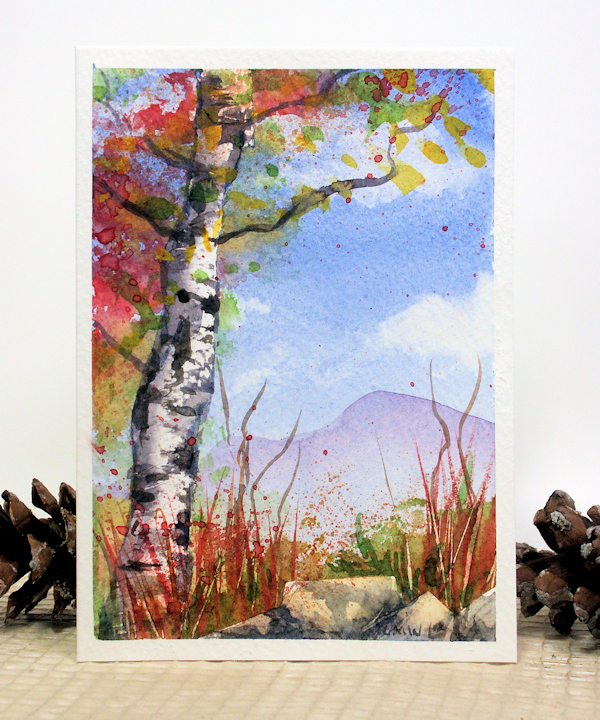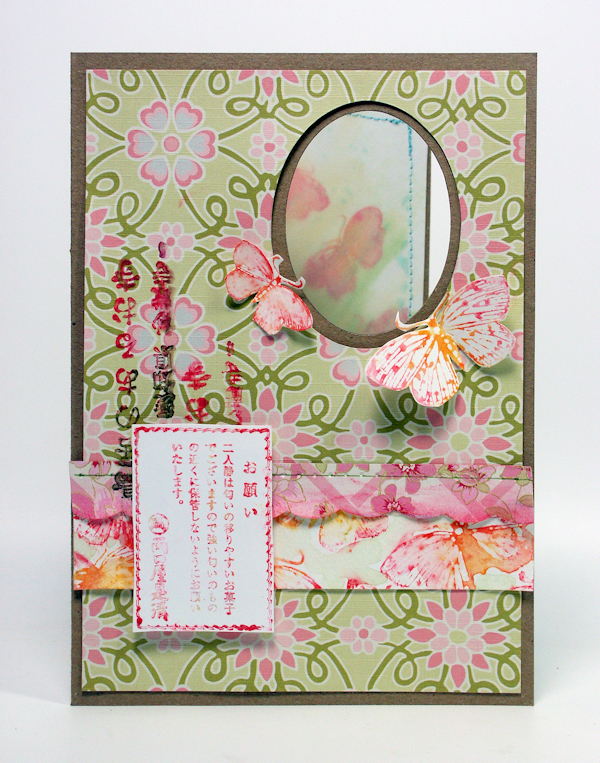Hi friends! Today I have a video about the differences between grades of artist paint. I will be referring to watercolor because subtle differences are more apparent in watercolor (and I am the most knowledgeable about that kind of paint) but it will apply to acrylic, oils and other paints/pencils/crayons/pastels too! Have a watch (or listen, you can totally let this play while you paint or cook dinner or whatever else you need to do:)
Below is an overview of what I discussed in the video along with some recommendations that would be easy to find. There are other wonderful paints out there and I have lots of watercolor reviews on my blog and YouTube channel if you need more information. Watercolor comes in several different grades. You will find pans, tubes and liquid watercolor in all of the grades of paint.
Children’s grade watercolor paint: These are non toxic watercolors that schoolchildren are given to use. The are what a lot of people think of when they hear “watercolor.” Everyone has used these in some point of their childhood. Quality varies greatly in children’s watercolor sets from $1 versions of weak chalky paint to $3-$5 for an 8 color set of Crayola, Rose Art or Prang. I prefer Prang watercolors as they are the most saturated and you can purchase refill pans of colors in strips or individually.
Budget grade watercolor: This segment of the market has grown immensely over the past few years with decent budget brands manufactured in China and Korea showing up all over Amazon for crazy low prices. I also consider craft watercolors like Prima, American Crafts/Jane Davenport and Amy Tangerine in this category. This category offers paints that are “cheap and cheerful” and encourage play and experimentation as they are not too expensive to worry about wasting. The downside is that usually the budget lines of watercolor do not offer lightfastness of pigment information and if they do it can be hard to trust the information from a new company. Also these pant usually can’t be purchased open stock (but the Prima and Jane Davenport paints have replacement pans.) These paints will have lots of fillers and extenders and cheap dye colorants (usually) to make the quantity of paint for the price. My favorite budget watercolor pan set is this one called “Pretty Excellent” ($17 for 36 pans) Other good tube sets are JoiArt ($10 for 24 tubes) and Royal & Langnickle. Royal & Langnickle makes awesome brushes and this $24 set has a large assortment of paints and Aqualon brushes. A new to the scene company Arteza has watercolor tubes with lightfast info (but their pan sets do not.) I have been using them a lot lately because I feel I was a bit harsh in my review and I must admit I am enjoying them more!
Student Grade watercolors: These are the introductory paint from companies who also make professional/artist grade watercolors. These paint offer reliable pigment and light-fast information. To reduce the costs they may use alternatives to pricey pigments like cadmium and cobalt they have additional fillers and extenders to bulk them out. The benefit to student grade colors is that you can start with an assortment set and them replace the colors as you use them up with paints from that companies artist grade line so you only end up buying what you will actually use and saving money in the long run. You can also buy student grade colors individually so you can choose exactly the colors you want and not be stuck with ones you wont use. Most big box art and craft stores will have displays to buy them open stock and all big online art suppliers sell them for about $3 a tube. Usually in student grade paints all colors will cost the same. Buying is sets cost less per color so compare before buying. My picks from this category are:
Cotman by Windsor & Newton
La PetiteAquarelle by Sennelier
Grumbacher Academy
And Van Gogh by Royal Talens
Artist grade (aka Professional) watercolors *Note there are no laws to keep any company from calling their paint artist quality, in fact you see that a lot with the budget brands so do your research before buying. Artists watercolors contain high quality pigments and just enough binder, humectant (A moisturizer agent typically honey or glycerin) and extenders to optimize the pigment and make it optimal for painting. Paints are available in tubes or pans and you will find a greater variety of colors in a companies artist range. Prices vary between color depending on how expensive the pigments used are, earth tones tend to be cheaper and cobalt and cadmium are more expensive. Typically there will be 5 price levels or series of colors. Paints can also be purchased in sets with pan sets being the most popular and my preference because you get the paints and a palette that you can refill. Artist quality watercolors do cost more per tube BUT in all reality you are paying for the pigment and you get a lot more pigment in tubes of artist quality paint where as student paint is more dilute. If you like to glaze many layers artist quality paint is best because it is the most pigmented and transparent. I recommend the same companies I do for student grade as they are easy to obtain worldwide but there are other nice paints out here.
Windsor & Newton Professional
Sennelier
Rembrandt by Royal Talens
Grumbacher finest
***And my favorite watercolor M Graham but I hasten to mention it because they do not carry a student line and I do not know if you can get them outside of the USA. I also like DaVinci and Daniel Smith (but also have no student range and I am not sure if you can get DaVinci outside of the US)…really, there are so many excellent ones!
I also wanted to mention my favorite watercolor brushes, Creative Mark Mimik faux squirrel brushes, this set is a fabulous value and I am considering buying a second set so I can have one upstairs at my paint table and down in my studio LOL!
I hope this post was helpful and til next time happy crafting!









